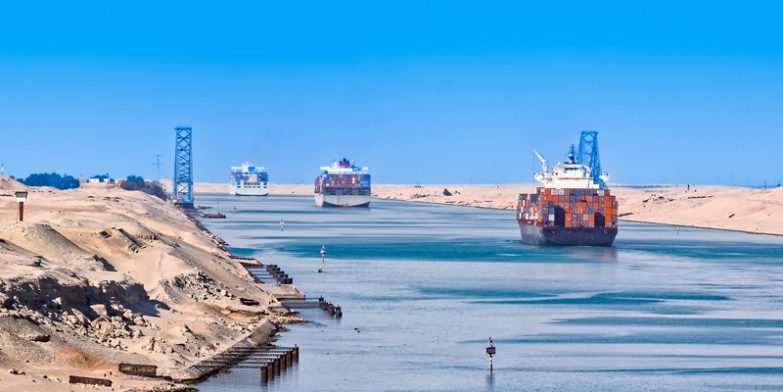
The recently established ceasefire in Gaza and assurances from Houthi forces to limit attacks on non-Israeli vessels may have created an opportunity to restore transit through the Suez Canal for Asia sailings.
While the ceasefire offers a degree of optimism, shipping lines remain cautious and carriers have indicated that they will only resume Red Sea transits when safety is assured, which is likely to be at least months away.
Houthi leaders have pledged to avoid targeting US- and UK-affiliated ships, and hostility towards vessels calling at Israeli ports has reportedly reduced, but the stability of the ceasefire remains uncertain. The Houthis have reserved the right to resume attacks if hostilities escalate in Yemen, and they continue to target Israeli-flagged or wholly Israeli-owned vessels. For the industry to fully capitalise on the reopening of the Red Sea route, the ceasefire agreement must be implemented in full.
Excess capacity threat
During the crisis, nearly 90% of vessels diverted around Africa, removing over 12% of fleet capacity. This artificial tightening of capacity drove freight rates to record highs in 2024, with spot rates more than tripling in some cases.
Now, the return to shorter Suez Canal transits is expected to flood the market with an estimated 1.8 million TEU of excess capacity. Analysts warn that this sudden shift will disrupt the supply-demand balance, putting downward pressure on freight rates. Traditional measures, such as scrapping older vessels or implementing slow steaming, are unlikely to fully offset the impact, leaving carriers grappling with financial pressures.
Operational hurdles and port congestion
Beyond capacity issues, carriers face operational challenges as they realign schedules and adapt to the reopening of Red Sea routes. The diversion of vessels over the past year has caused significant disruptions to shipping timetables. As carriers adjust, mismatched arrival times at ports could lead to congestion and delays, further straining global supply chains.
European ports are particularly vulnerable to these disruptions. A surge in vessel arrivals, combined with record deliveries of new ships in 2025, could overwhelm port infrastructure and create temporary backlogs.
The Red Sea developments introduce uncertainty, volatile rates, and logistical hurdles that demand proactive management from carriers and shippers.
EMAIL Andy Costara to discover how our tailored solutions, including marine insurance cover and fixed-rate agreements build resilient supply chains and mitigate risks





